Thermal breakdown is related to the operating temperature of the device, and the intrinsic temperature Tint is generally used to predict the damage mechanism of the device as the temperature rises. When the temperature increases, the carrier concentration ni (T) is equal to the temperature of the substrate doping concentration ND. As the temperature increases, the carrier concentration increases exponentially. tint is related to the doping concentration, and Tint is much lower for common high voltage devices than for low voltage devices. The device Tjm is generally much smaller than Tint because of materials, processes, and other factors. Because the actual device does not operate in thermal equilibrium, it is also necessary to consider how the device operates in relation to temperature. For example, in the inverter, the power consumption generated by current conduction, the cutoff state is caused by leakage current, and the power consumption generated by high reverse voltage during the reverse recovery process all increase the operating temperature of the device and cause a forward feedback between temperature and current, and Z eventually thermal breakdown occurs. Therefore, thermal breakdown occurs when the thermally generated power density is greater than the dissipated power density determined by the device packaging system. To prevent thermal failure of the device, its operating temperature is generally kept below Tjm.
If the device starts to melt locally then it indicates that the fast recovery diode has failed thermally. If the local temperature is too high and occurs in the dotted area, it will also cause cracks in the core. When the fast recovery diode operating frequency is high, the high frequency transition between the break state and the pass state will generate a large amount of power consumption, the device's overheating failure form may vary. However, as the temperature rises, the blocking capability begins to be lost and almost all planar terminals will be broken at the edges. Therefore, the point of damage is usually located at the edge of the device, or at least on its edge.
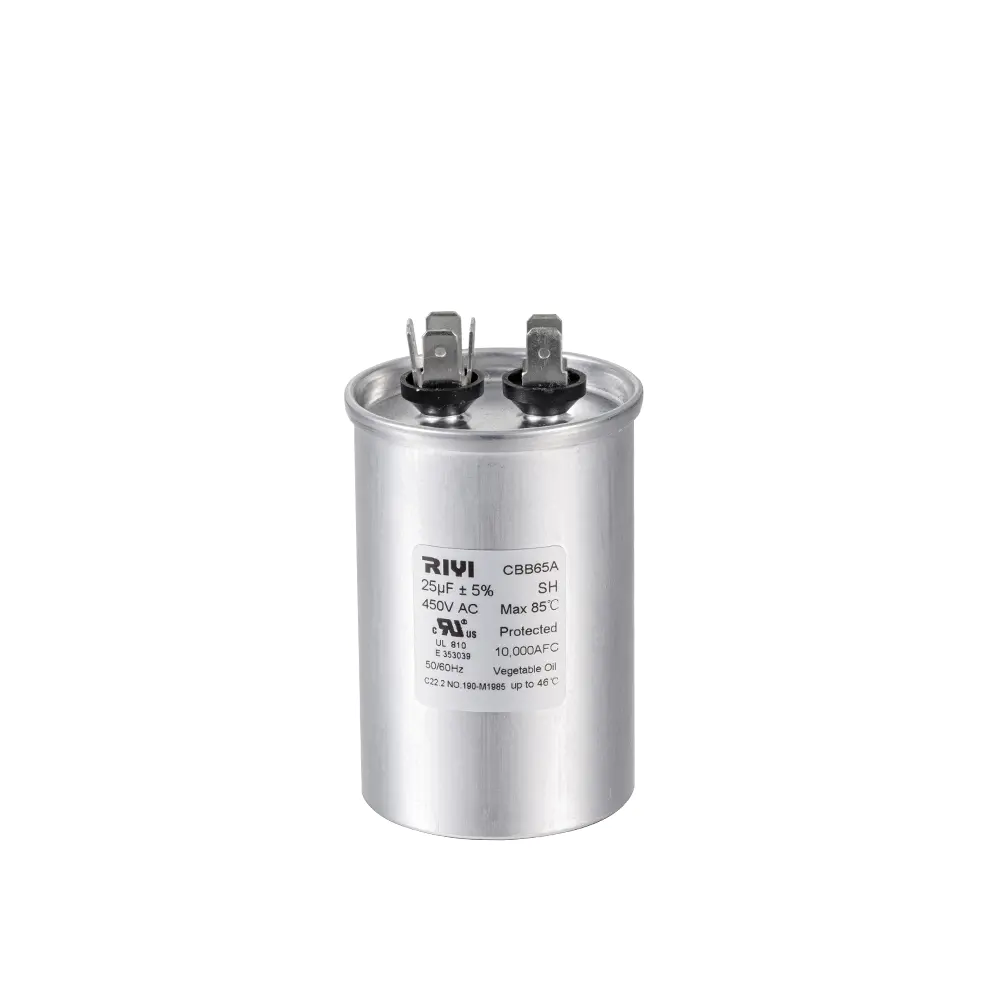

 简体中文
简体中文 English
English Español
Español عربى
عربى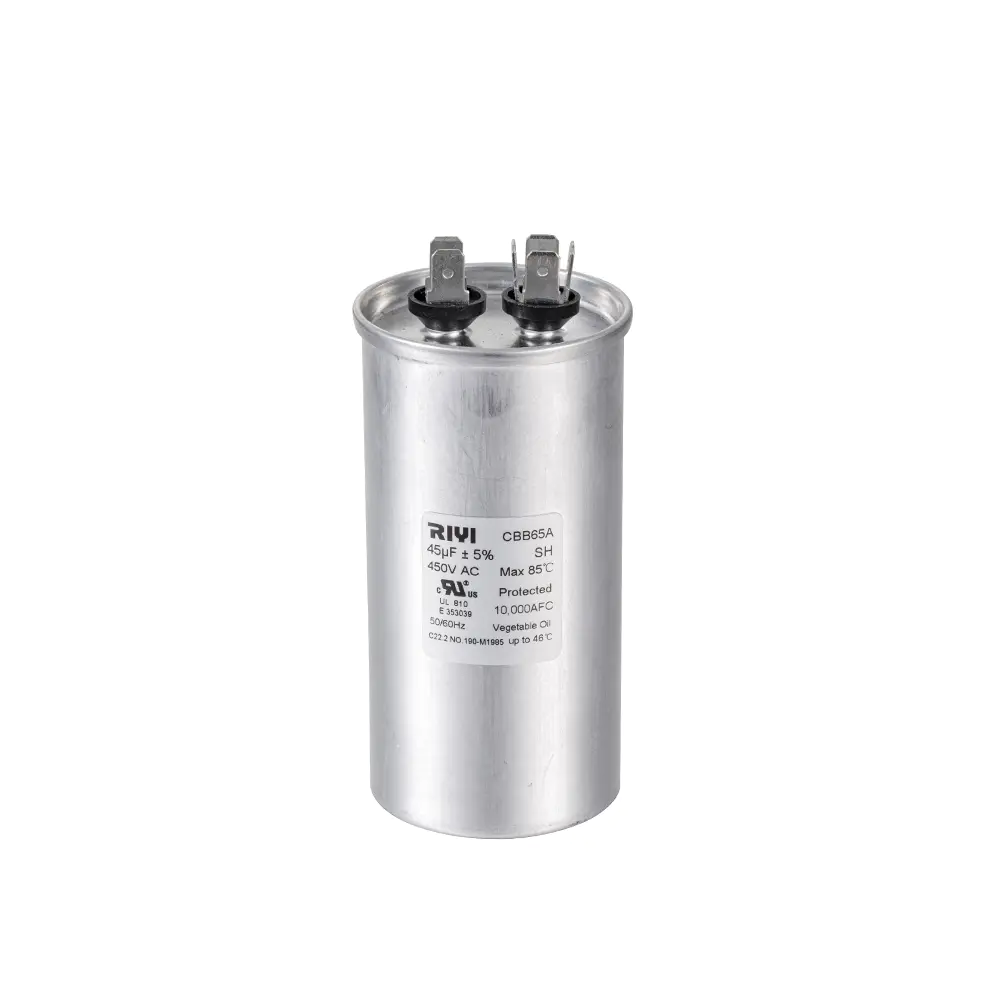
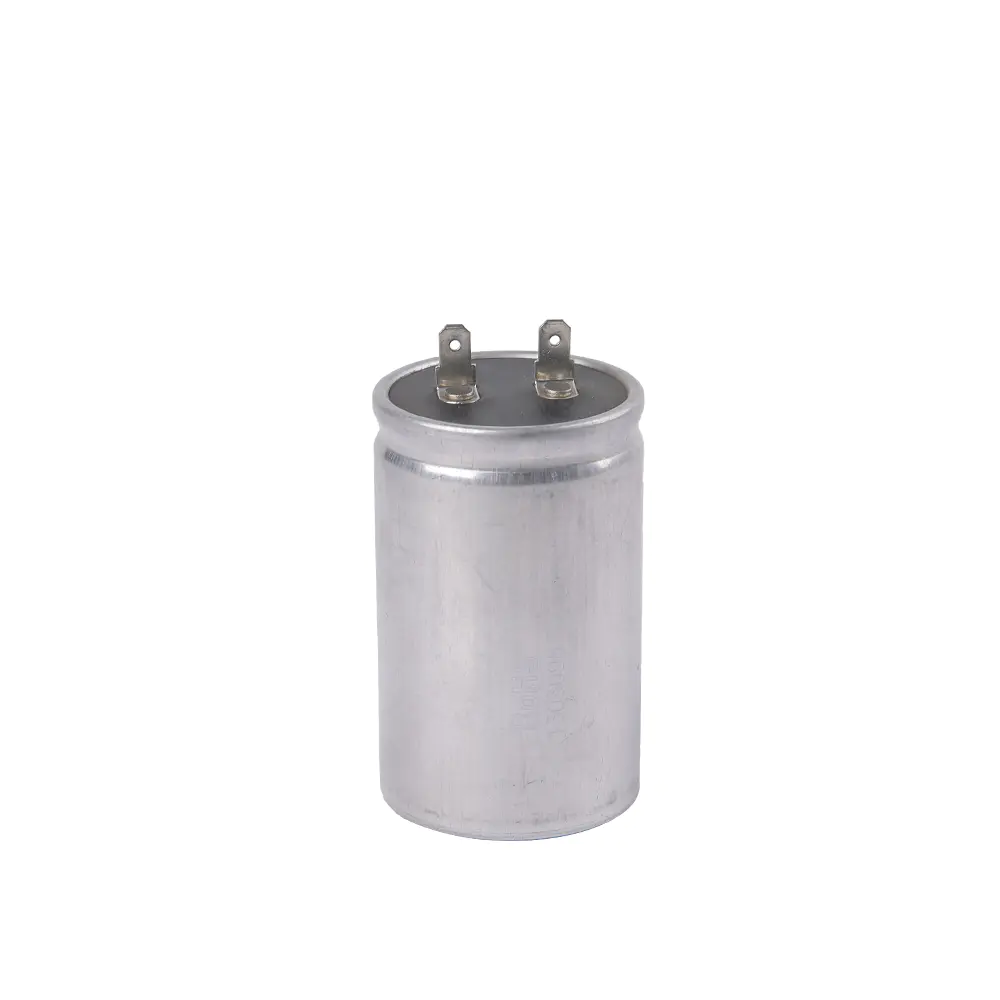
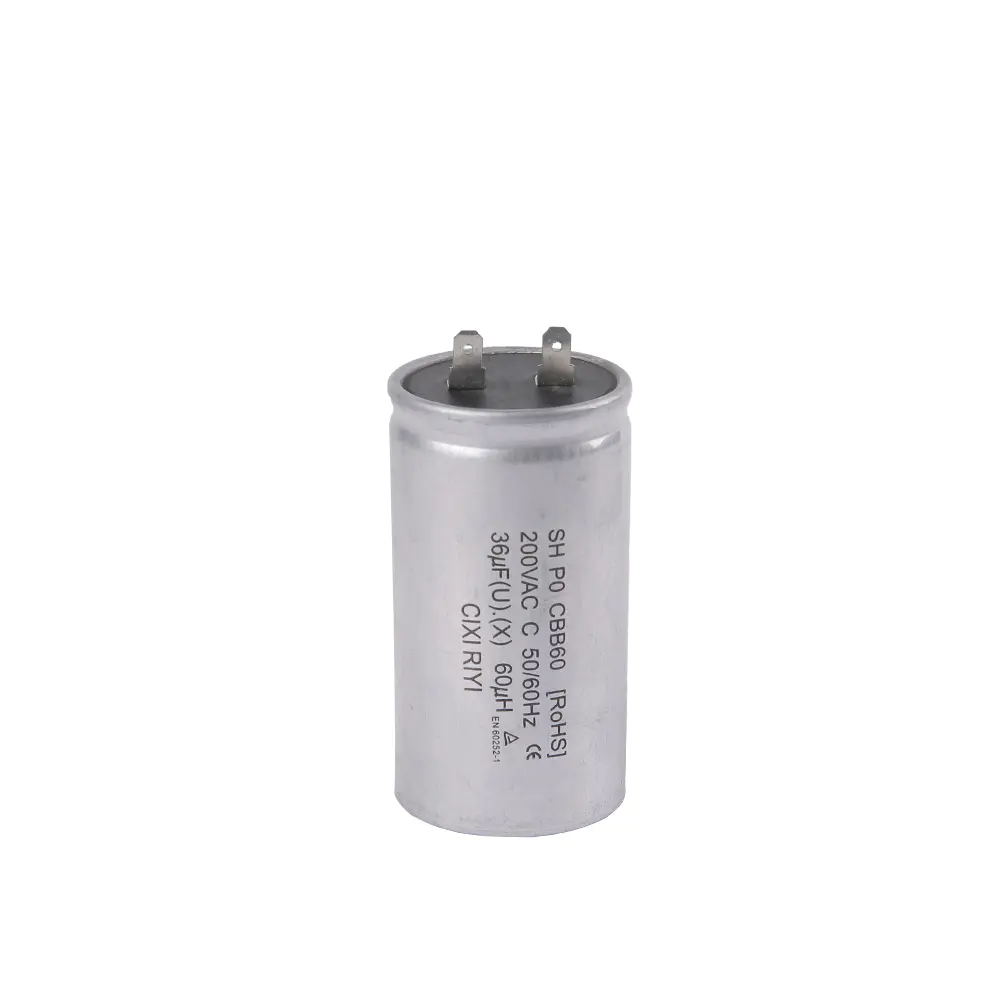
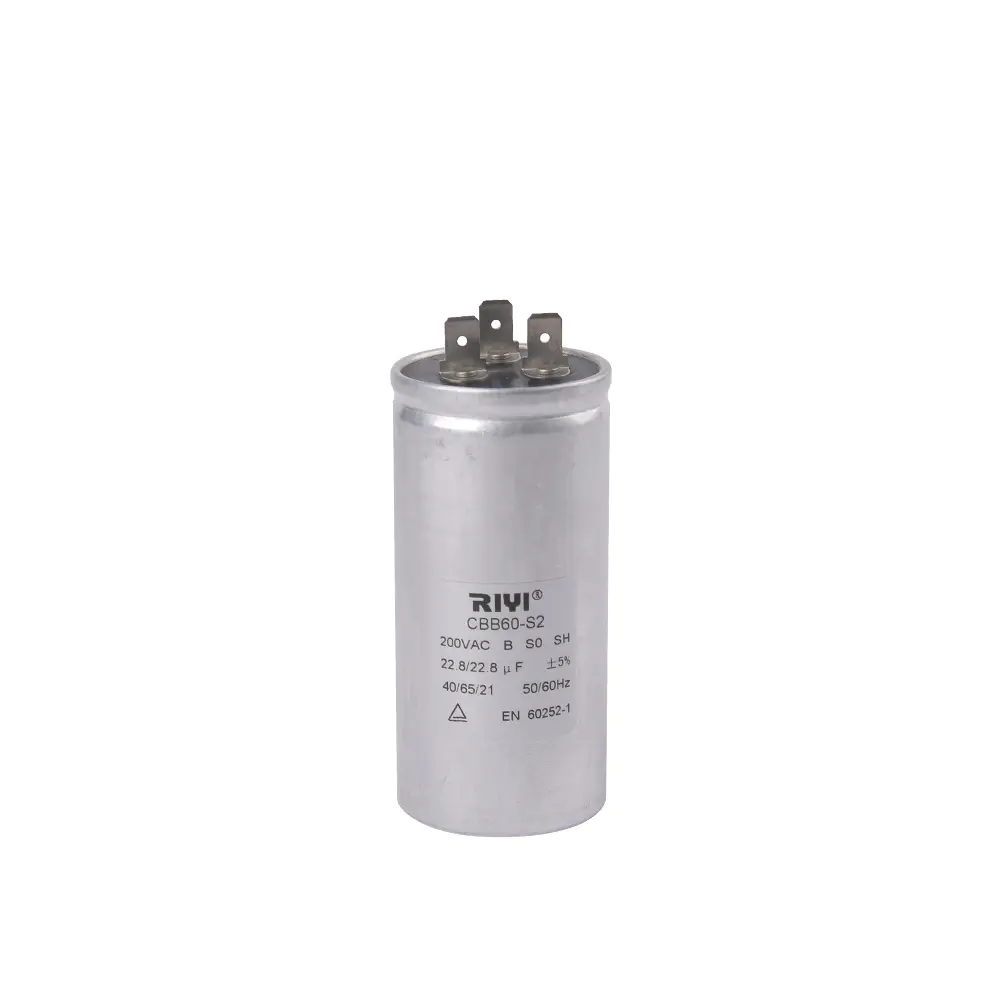
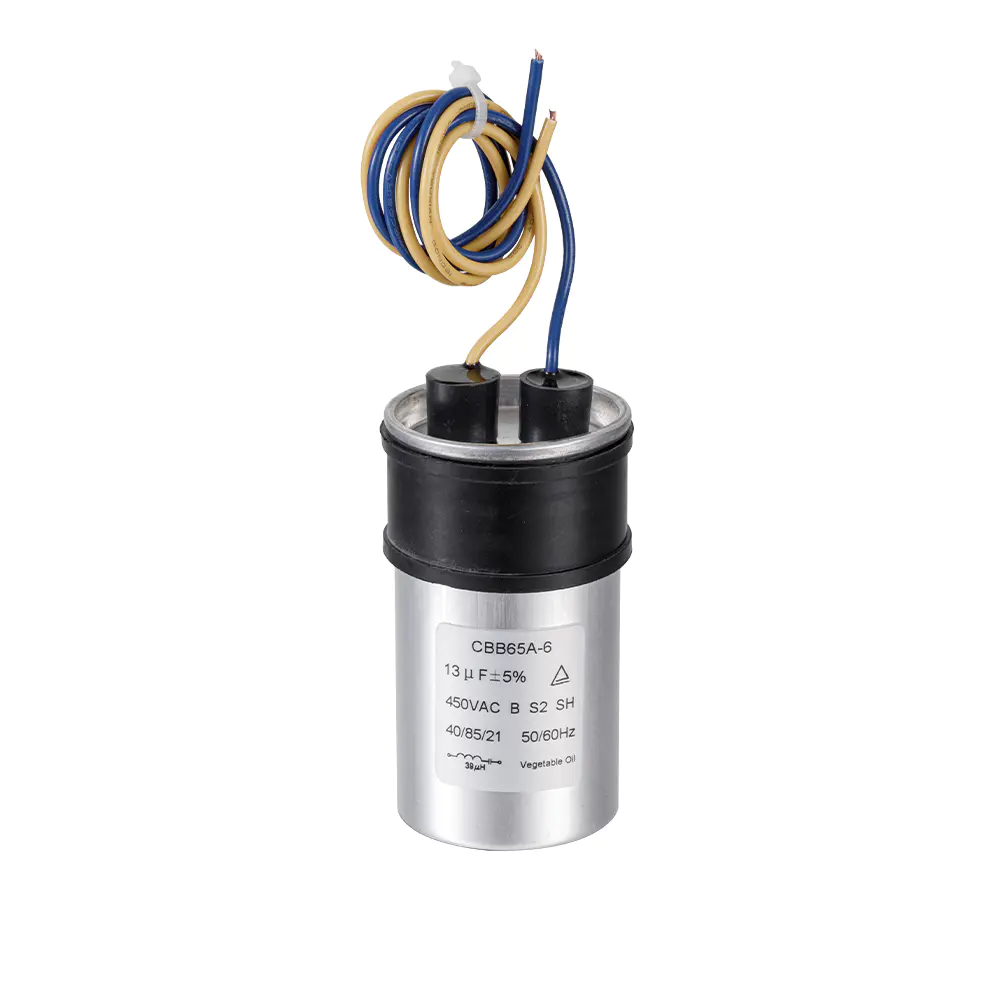
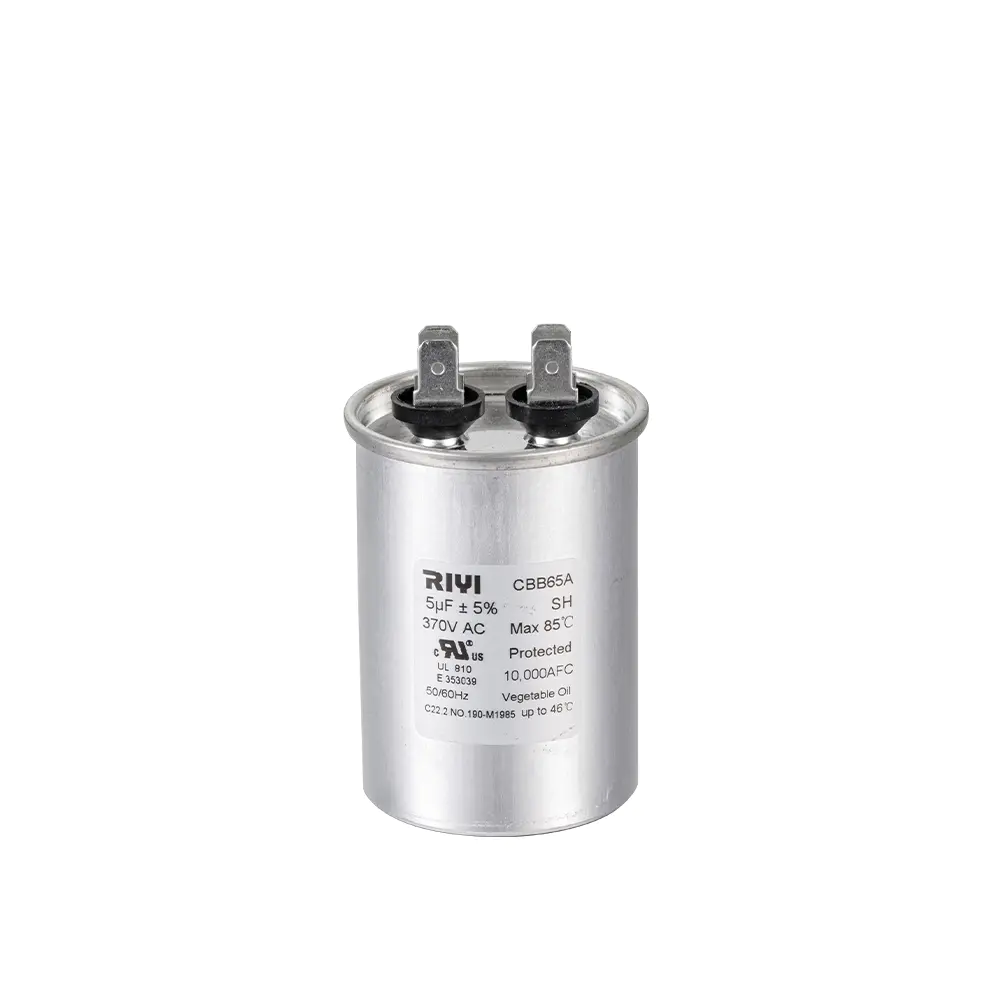
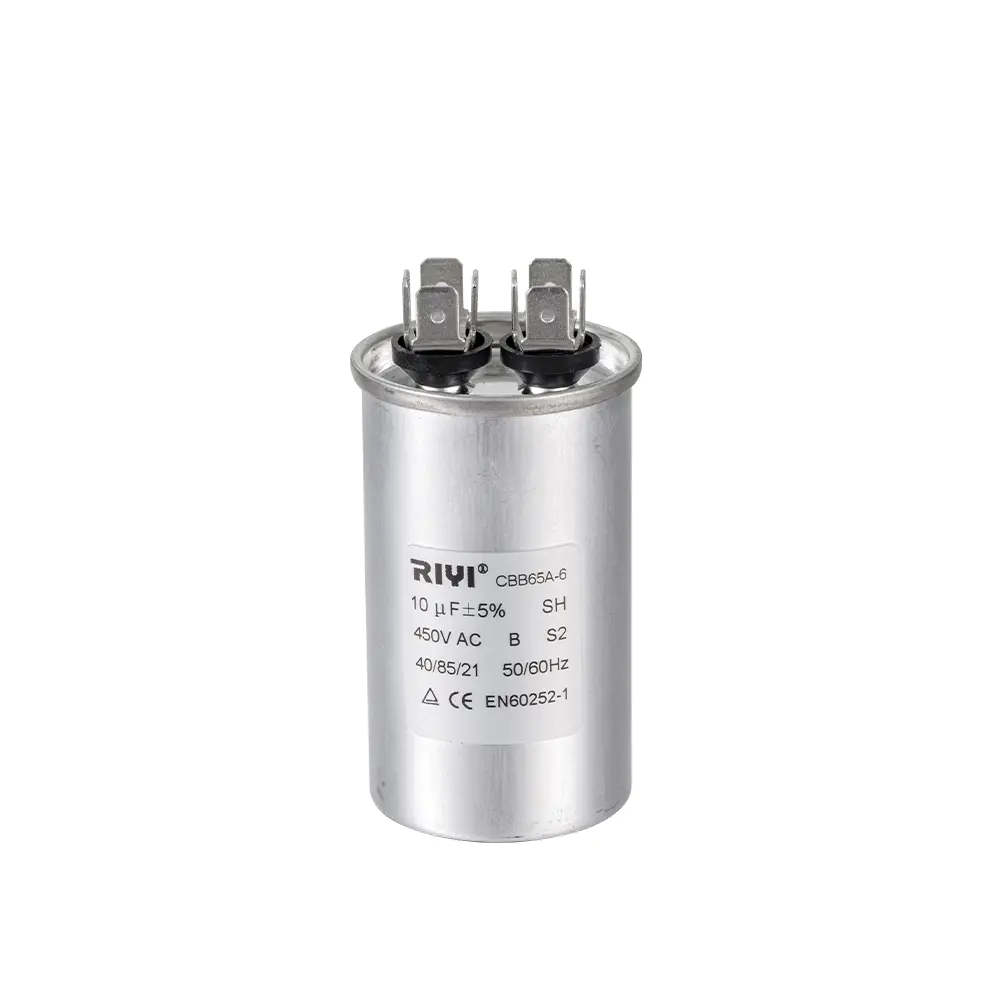
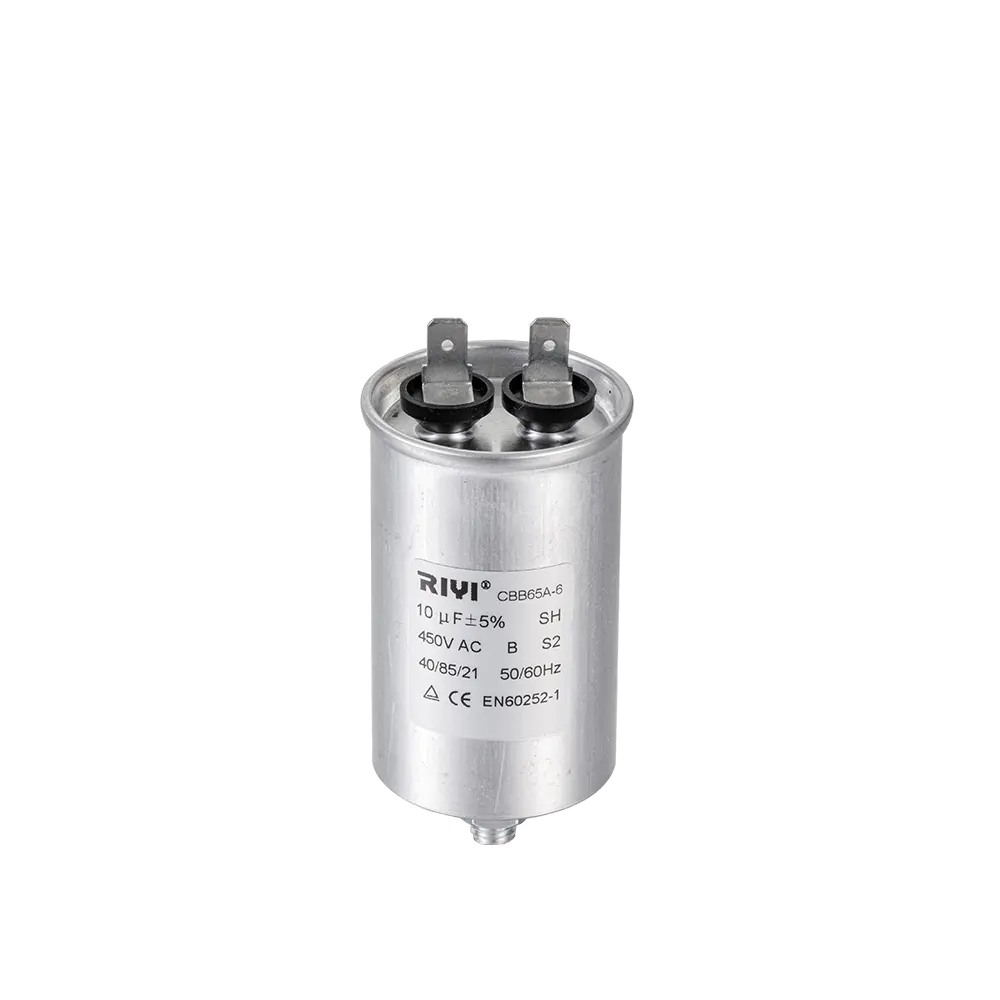
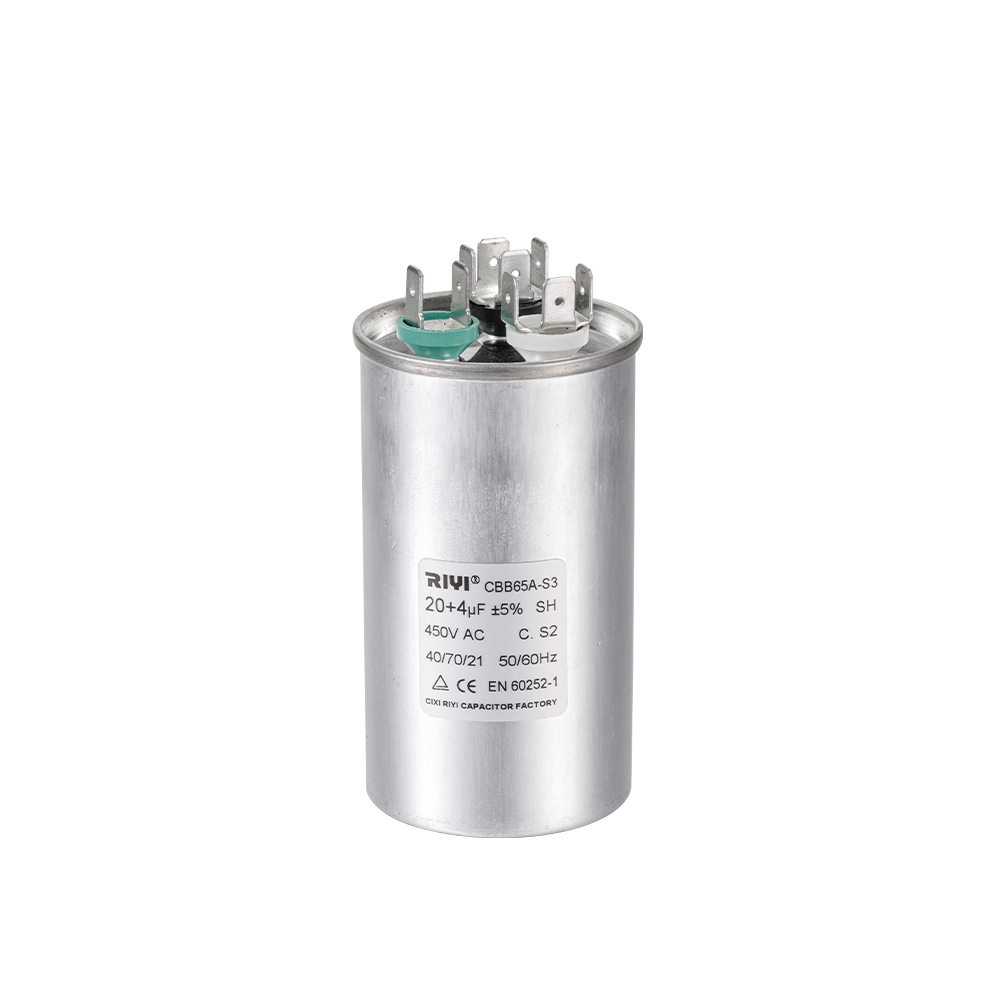
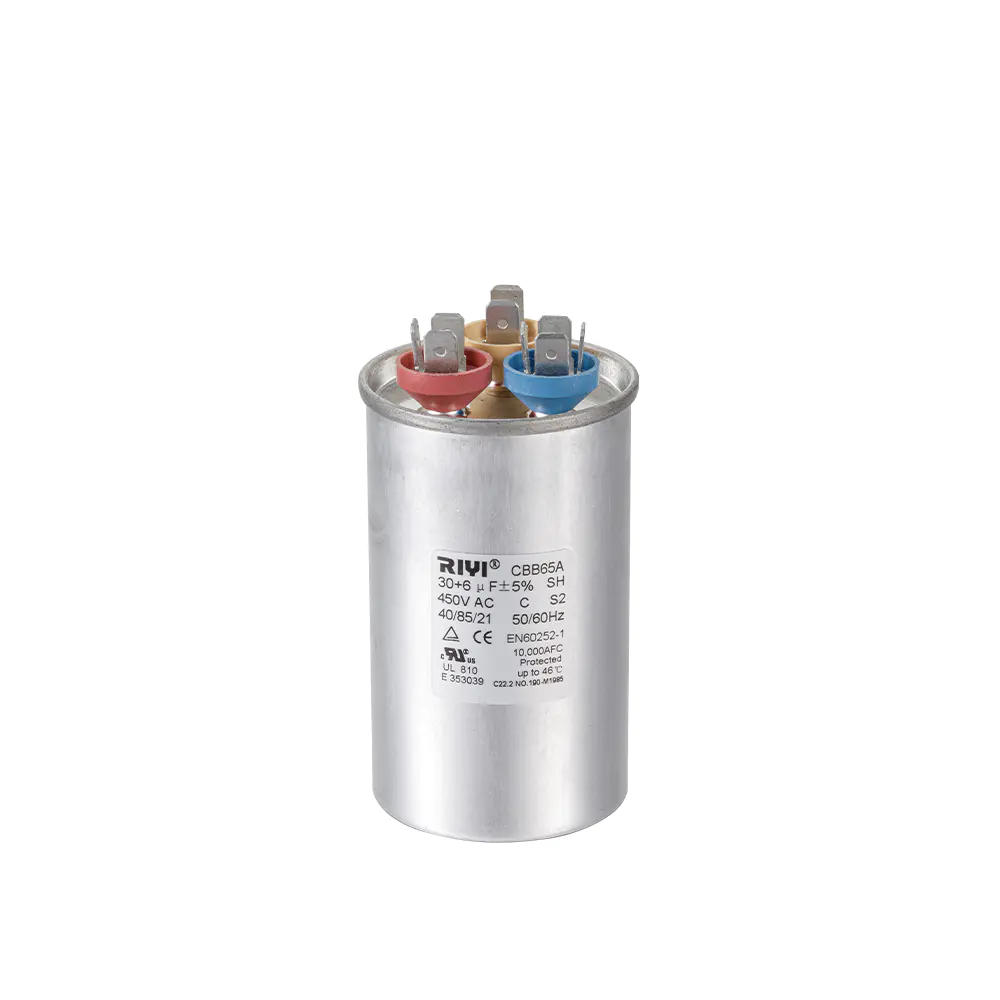
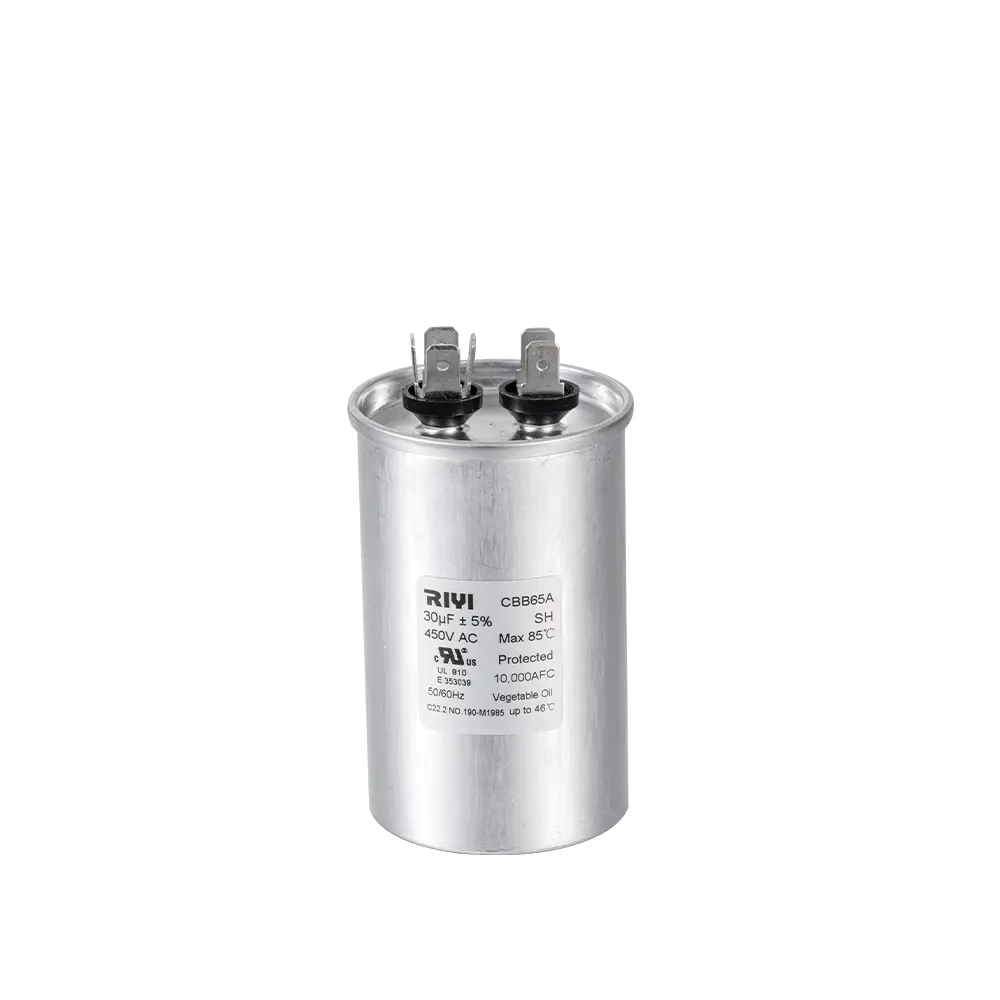

 +86-13600614158
+86-13600614158
 +86-0574-63223385
+86-0574-63223385 Zonghan Street,Cixi City,Zhejiang Province,China.
Zonghan Street,Cixi City,Zhejiang Province,China.